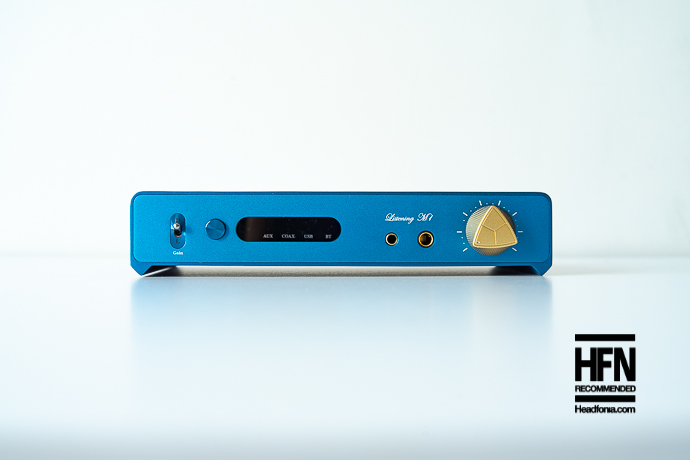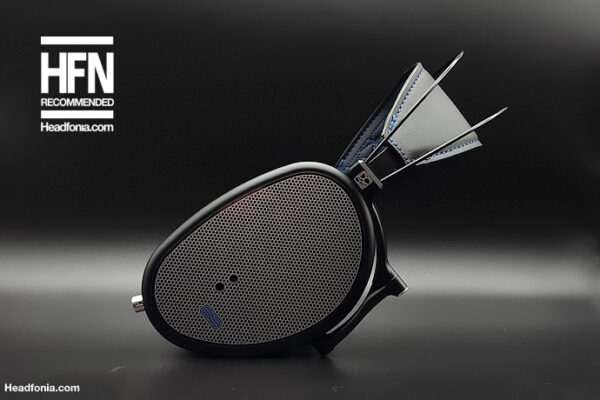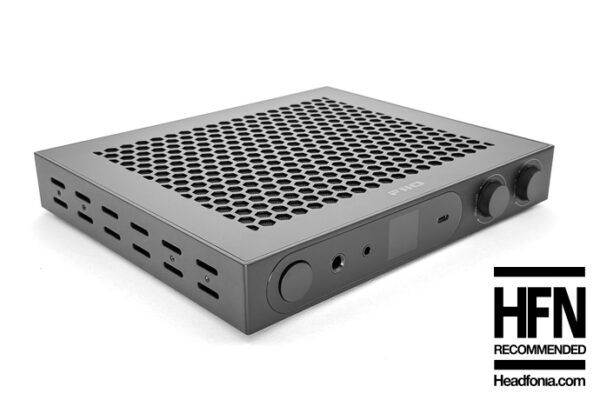If Google is showing you this page directly, click here to go to the start of the article.
Sound General
The Dethonray Listening M1 lives up to its name by delivering a listening experience that is both captivating and immersive. With its warm and full-bodied sound signature, reminiscent of the acclaimed Chord Hugo 1, the M1 envelops you in a world of beautiful, organic, and natural sound. Building upon the strengths of previous Dethonray products, the M1 elevates the listening experience to new heights.
What sets the M1 apart is its ability to strike a perfect balance between musicality and technical excellence. High-calibre technicalities characterise the sound, including exceptional resolution, transparency, and detail retrieval. Yet, it never loses sight of the emotional connection to the music, ensuring that every note is delivered with precision and nuance.
Furthermore, the M1 excels in left/right balance, speed, and separation, further enhancing its overall performance. In my experience, the M1 promises to deliver a rewarding and engaging listening experience that will leave you wanting more.

Sound Classics
Bass
The bass response of the Dethonray Listening M1 strikes a balance between impact and resolution. While it doesn’t deliver a huge rumble or a hard-hitting bass, it offers a moderate to good level of impact and rumble. The midbass carries a pleasing warmth, contributing to a musical listening experience with a certain fullness that forms a solid foundation for the music.
What sets the M1 apart is its very tight and nimble bass presentation, essential for any high-end DAC/Amp. This tightness ensures that each bass note is well-defined and controlled, adding precision and clarity to the overall sound signature. While the bass may not be the most dominant aspect of the M1’s sound, its quality and balance contribute to a cohesive and enjoyable listening experience.
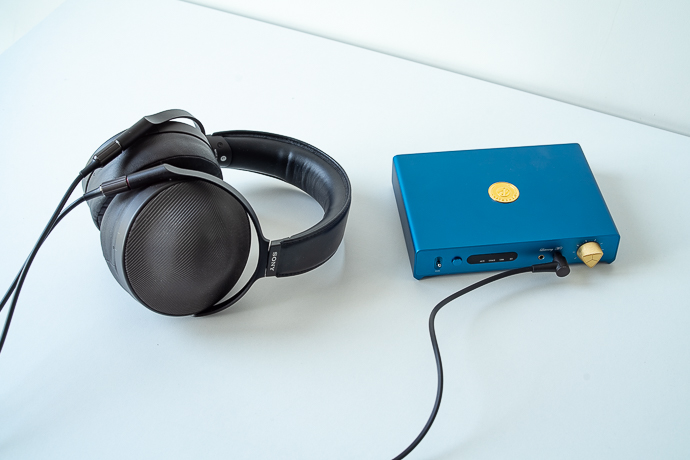
Mids
The mid-range performance of the Dethonray Listening M1 stands out as its strongest attribute. The mid-range of the M1 offers exceptional tonality and fullness. Vocals take centre stage, making it an ideal choice for fans of vocal-oriented music. It also allows details to shine through with great resolution. This transparency factor is killer in the M1, and that makes sure you’re enjoying the mid-range with supreme clarity.
The M1 also excels in instrument separation, demonstrating a high level of resolution and spaciousness in the mid-range. Each instrument occupies its distinct sonic space. The timbre of vocals and instruments is organic and warm, adding a layer of liveliness to the music. Overall, the mid-range reproduction of the M1 is highly engaging and sure to please discerning listeners. One of the very best DAC/Amps I’ve listened to in terms of mids.
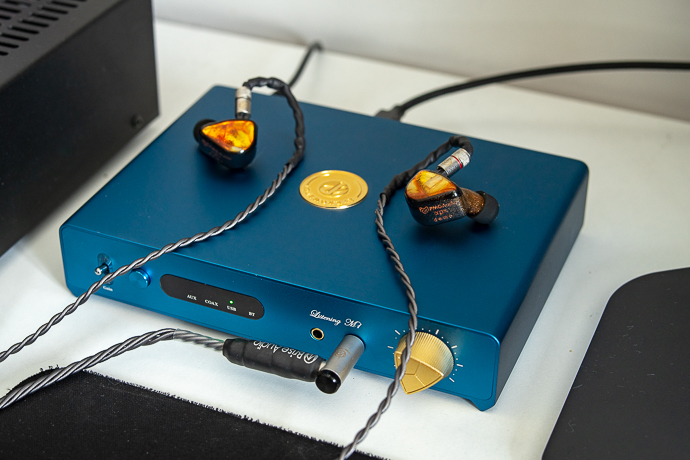
Treble
The treble is delicately balanced and elongated, steering clear of any harshness or aggression. The performance of the treble in the M1 impresses me, as it consistently avoids any issues with roll-off or veiling within this range. It remains clean, expansive, and precisely articulated. The treble overall is pristine and sharply articulated, forming an excellent combination. Moreover, the M1 demonstrates commendable transparency, bringing out details with gratifying clarity.
Highs are both smooth and detailed, offering a delightful experience, especially when paired with hi-fi equipment. The M1 delivers impressive micro-detailing, particularly noticeable in the treble range. In general, the treble quality is excellent. Prolonged listening reveals an even greater appreciation for its consistent, clear, and well-defined treble.

Technical Performance
The Dethonray Listening M1 excels in creating a dark and silent background, allowing instruments to emerge with texture, dynamism, and transparency. Its realistic tonality enhances the overall listening experience, immersing users in lifelike musical performances. Moreover, the M1 offers exceptional control over the presentation, effectively separating complex passages in recordings with precision and clarity.
In terms of soundstage, the M1 impresses with its expansive width and depth, delivering a spacious and airy listening environment. This expansive soundstage adds a sense of immersion and depth to the music, ensuring a comfortable and effortless listening experience. Overall, the M1’s ability to reproduce intricate details, coupled with its expansive soundstage, makes it a highly engaging and enjoyable DAC/Amp.

In terms of driving power, the M1 is quite powerful in its output and can drive a lot of headphones without problems. In high gain mode, I usually don’t turn the knob more than 2 o’clock with full-size cans. If you need even more juice, Anson offers an ”Ultraman” firmware. When you flash that firmware through the dedicated Type-C port, you have the most extreme power from the unit, though I don’t think anyone would need that most of the time (don’t use Ultraman with IEMs!).
The overall technical performance of the Listening M1 is very impressive for its footprint. Sure, when you connect a dedicated high-end amplifier and use the M1 as a pure DAC, you get an even more impressive sound, especially with headphones like the HE1000 or LCD-5. So the ultimate performance still lies in a full DAC + Amplifier setup.

Page 1: About Dethonray & Listening M1, Design, Build, User Experience
Page 3: Comparisons, Conclusion





